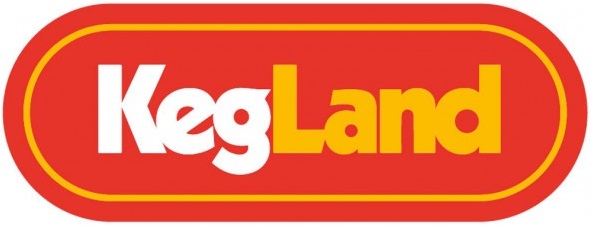Author: Jordan Folks
Barley is the cereal grain most associated with brewing, and while the malted sort is the commonly used, various other types of barley exist as well. However, there are other grains often used to make beer, a popular one being corn, which is said to increase strength while contributing little in the way of aroma, flavor, or mouthfeel. Similar to barley, corn also comes in various forms include flaked and malted.
As the name suggests, flaked corn, or flaked maize as some refer to it, is produced by steaming corn and running it through hot rollers such that it is gelatinized, thus negating the need for a cereal mash. Malted corn, on the other hand, goes through the same germination and drying process as malted barley, which activates the endogenous alpha- and beta-amylase enzymes that ultimately convert starches to sugar during the mash.
The vast majority of the beers I brew are made without adjuncts, in fact I can’t recall a batch I’ve made with any type of corn product. Similarly, I’ve developed an affinity for Cold IPA based largely only versions other people have brewed. As a style that’s known to include a decent portion of corn, I recently began to wonder how the characteristics contributed by flaked corn would compare to a malted version in a Cold IPA and designed an xBmt to test it out.
(more…)
















